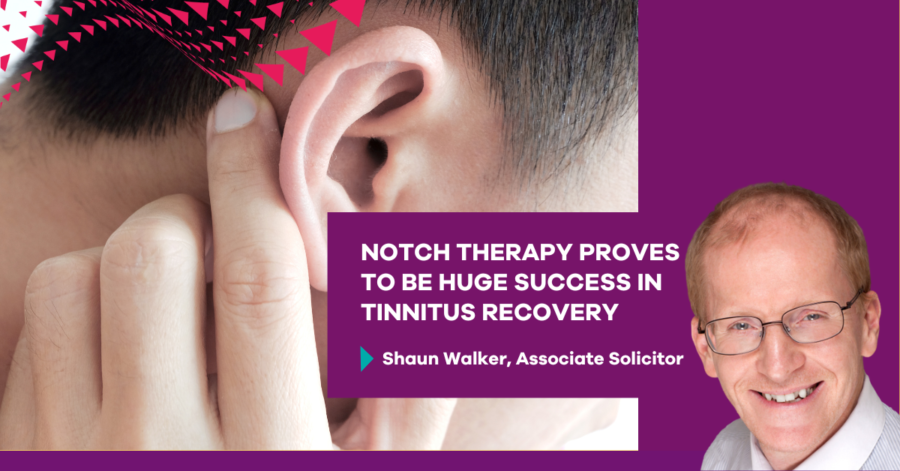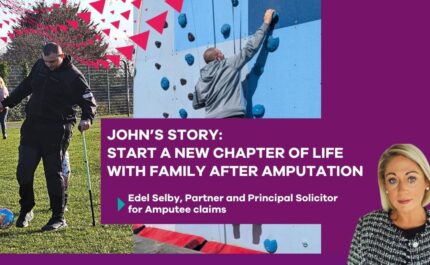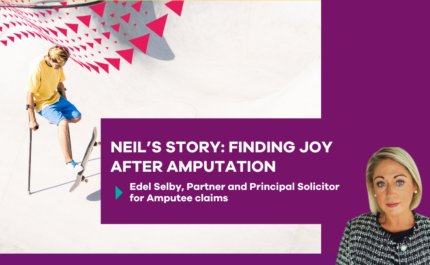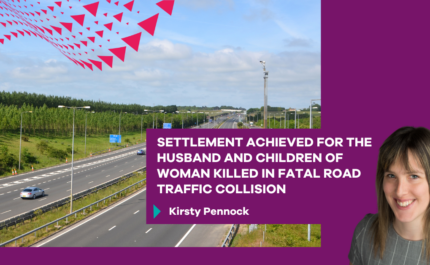
Our client began experiencing tinnitus, hyperacusis and hearing loss following a motorcycle collision in which he sustained a brain injury.
Following a prolonged stay in hospital, he was struggling to come to terms with his life-changing injuries. He had problems with his vision, he was suffering from post-traumatic stress disorder (PTSD), and he was experiencing a range of other effects from the brain injury. These included poor concentration, poor attention, poor short-term memory, and anger management issues. On top of these serious issues, he was also experiencing intrusive hyperacusis and tinnitus in his left ear.
As part of his treatment for PTSD he was undergoing CBT and was in regular contact with his psychologist. He found that his experience in meditation and familiarity with a range of relaxation and mindfulness techniques from his life prior to his accident helped to some extent in his management of the tinnitus.
The therapist treating our client, wanted to secure technological support and amplification following his low tinnitus assessment scores, and was keen to trial a hearing aid for his affected left ear. Initially, a hearing aid with a tinnitus sound therapy program was set up with the aim of providing some sound enrichment to help with the tinnitus. Our client was understandably apprehensive about using amplification due to the issues he had with hyperacusis.
At first there was no improvement, and the symptoms were still causing significant distress for him, and his stress levels and anxiety remained high. He felt the hearing aid was cluttering his thoughts and he struggled to make sense of the sounds he was hearing.
Introducing notch therapy
Notch therapy was then considered to remove the stimulation at a specific frequency with the hope of seeing better results.
Notch therapy works for tonal tinnitus with a 65% success rate at making tinnitus reduce or completely disappear. The therapy amplifies the incoming sound but leaves out the frequency where the tonal tinnitus occurs by relegating these sounds to the background over a long period of time.
The client was fitted with a left sided Signia Styletto 7X hearing aid. Following the recommended 4-week trial period, the difference at the subsequent follow up clinic appointment was astounding. His anxiety was reduced, his mood was improved, he said he felt calmer whilst using the hearing aid, and his tinnitus had vastly improved. The hyperacusis had been steadily improving before the notch therapy started but he had seen very little change in the levels of his tinnitus up until that point. His ability to concentrate was improved and his anger management was getting better. On re-testing, the results were staggering – in the space of 4 months, he dropped from a score of 46 to a score of only 4.
At one-year post-fitting, the tinnitus had almost completely gone. He reported that: “When the hearing aid is out, when it is quiet, if I really listen to try and hear the tinnitus, it is present just very softly in the background.” He now has a happier and positive outlook on life following the therapy which enabled him to focus on other symptoms related to his brain injury.
There were multiple factors at play for our client. A multidisciplinary team of health professionals were working with him to help his recovery. This was not the work of one hearing aid on its own, but the notch therapy provided an alternative approach that made sense in this case.
What is notch therapy?
Tinnitus affects 10% of the population in the UK and is a common cause for a decrease in quality of life. Notch therapy allows the specific frequency of a tonal tinnitus to be removed from the input of the hearing aid. This allows the tinnitus to blend into the background. Where conventional sound enrichment therapy using a hearing aid with a sound generator provided no relief in a client with a traumatic brain injury, notch therapy proved to be a real success.



